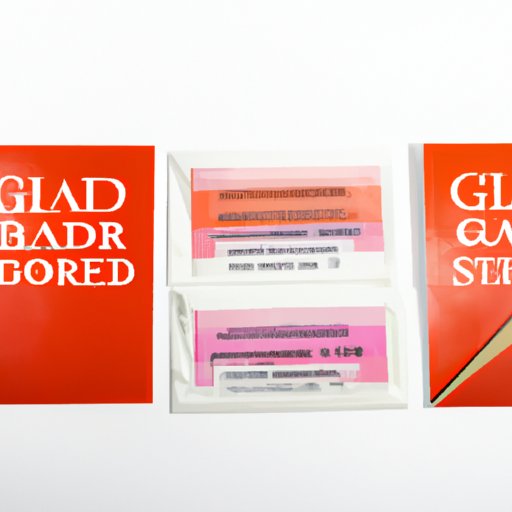
I. Introduction
If you’re a collector of sports cards, Pokémon cards, or any other type of collectible cards, you may have heard of card grading and wondered what it is all about. Card grading is the process of evaluating a card’s condition and authenticity, assigning it a numerical grade, and encapsulating it in a protective case to preserve its condition. Getting your cards graded can potentially increase their value and offer a sense of security to collectors. In this article, we will go over the basics of card grading, the different grading services available, tips for identifying card damage, and best practices for storing and caring for your collectible cards.
II. The Basics of Card Grading: A Step-by-Step Guide
Professional graders evaluate collectible cards on four primary aspects: centering, corners, edges, and surface. These main areas look at the alignment of the card, any type of wear or damage to the corners, the sharpness of the edges, and the card’s surface for any type of issue like scratches, print defects, and other types of flaws. Each service has their own grading scale, with PSA (Professional Sports Authenticator) being the most popular and widely used by collectors. For those looking for tips for self-grading cards, using a loupe, or making use of good lighting can help identify the different aspects that professional graders evaluate. Otherwise, a professional grading service can do this for you.
III. Breaking Down BGS, PSA, and SGC: Which Service is Right for You?
There are currently three major grading services in the industry: Beckett Grading Services (BGS), Professional Sports Authenticator (PSA), and Sportscard Guaranty (SGC). BGS is more popular for modern-day cards, PSA for vintage, and the SGC aligns with a broader range of cards from different sports and era. They all have different grading scales and fees, along with various turnaround times. Additionally, the type of authentication they offer can also differ.
IV. Top Tips for Identifying Card Damage Before You Grade
Some common types of card damage that collectors need to look out for include scratches, scuffmarks, water damage, creases, and print defects. Some tips for recognizing and identifying potential damage include paying attention to the card’s surface and edges, looking for any deviation or bending and examining the card under different lighting conditions. Sometimes potential damage might require a loop or a magnifying glass to have a better view of it.
V. The Pros and Cons of Grading Your Collectible Cards
Collectors invest in the grading of their cards to increase their value, authenticate their cards, and help with their preservation. Getting your cards graded through a professional service can also lessen the risk of potential damage while increasing its overall security. However, there are also potential drawbacks to grading, such as the expenses in grading a collection of cards and the chance that a card may come back with a lower grade than anticipated, bringing down the value of the card even more.
VI. 10 Common Mistakes to Avoid When Getting Your Cards Graded
Some common mistakes that collectors make when submitting their cards for grading include poor packaging, incomplete submission paperwork, incorrect designations, and neglecting to check the status of the grading service they used. One way to ensure a successful grading experience is to use a professional grading service, keep good records of each card’s condition, and take the time to organize and present them in an orderly fashion.
VII. How to Store and Care for Your Cards Before and After Grading
Once you’ve received your cards back from grading, it is important to store them in a safe and secure environment to keep them in good condition. Some tips include using acid-free sleeves, toploaders, or magnetic cases for protection. Additionally, it would be best to organize your cards in binders or boxes to prevent any warping, fading, or bending. Store them in a cool and dry place, away from moisture and direct sunlight.
VIII. Expert Insights: What Professional Graders Look for When Evaluating Cards
We spoke to a professional grader to get their insights on what key factors they consider when assigning grades for collectible cards. According to the grader, one of the most important aspects of grading is the overall eye appeal of the card. This often goes beyond the technical aspects of centering, corners, edges, and surface. Another critical factor they consider is the age of the card and the particular era it came from.
IX. Conclusion
Getting your collectible cards graded is a critical factor for those who value them both as an investment and a hobby. Knowing the basics of getting your cards graded, identifying potential card damage, and how to store and care for them before and after grading is essential. Furthermore, understanding the different card-grading services, their history, requirements, fees, and turnaround times will help you choose the one that fits your needs. It is crucial to keep in mind that grading cards comes with potential risks and rewards, and there are steps to be taken to ensure a smooth grading experience.




